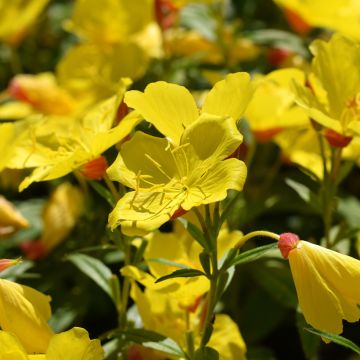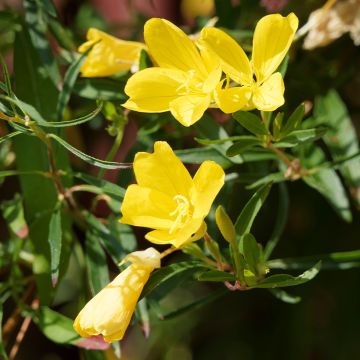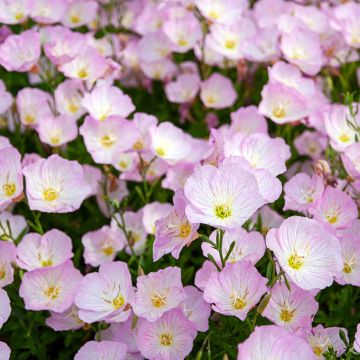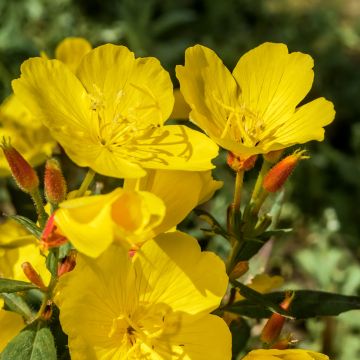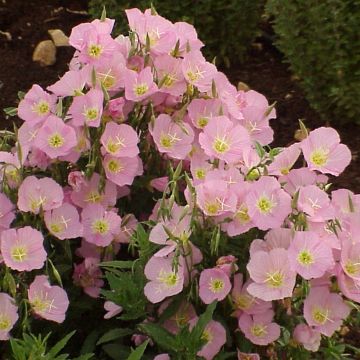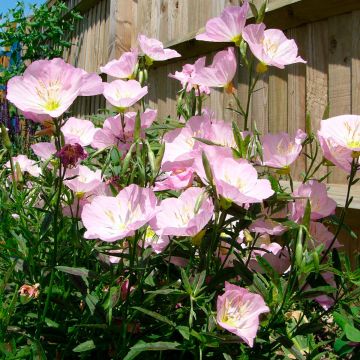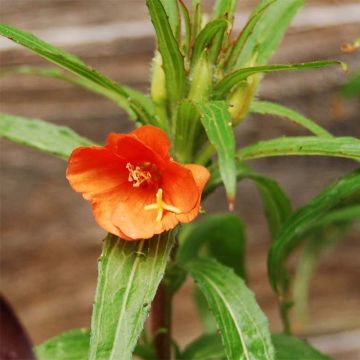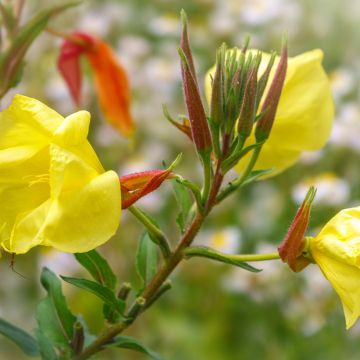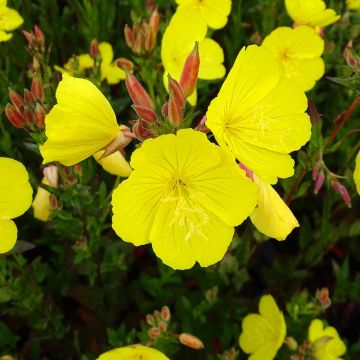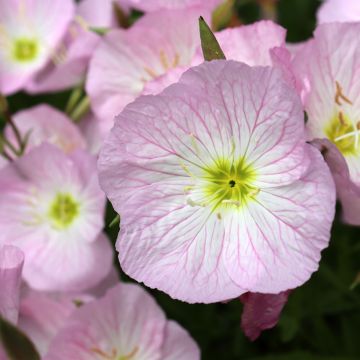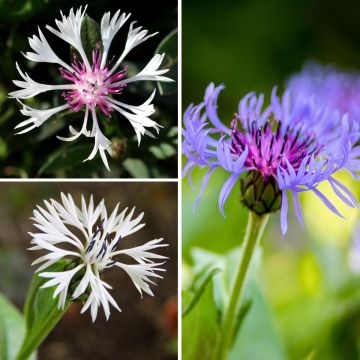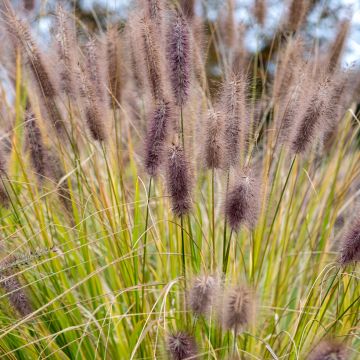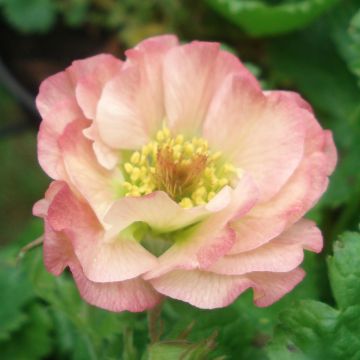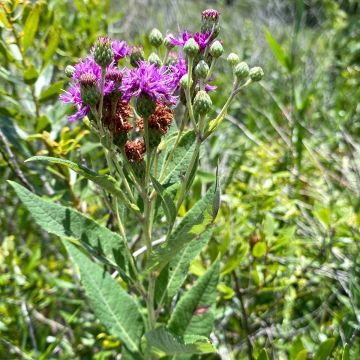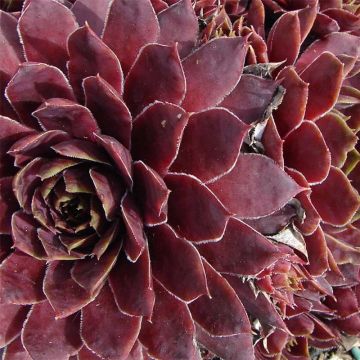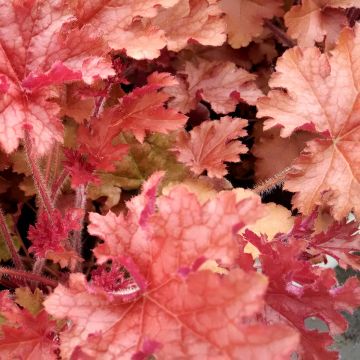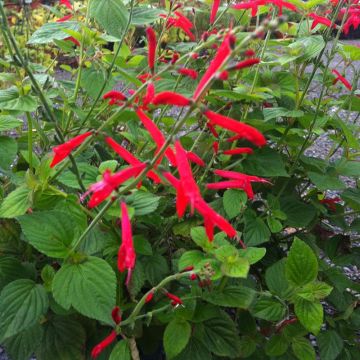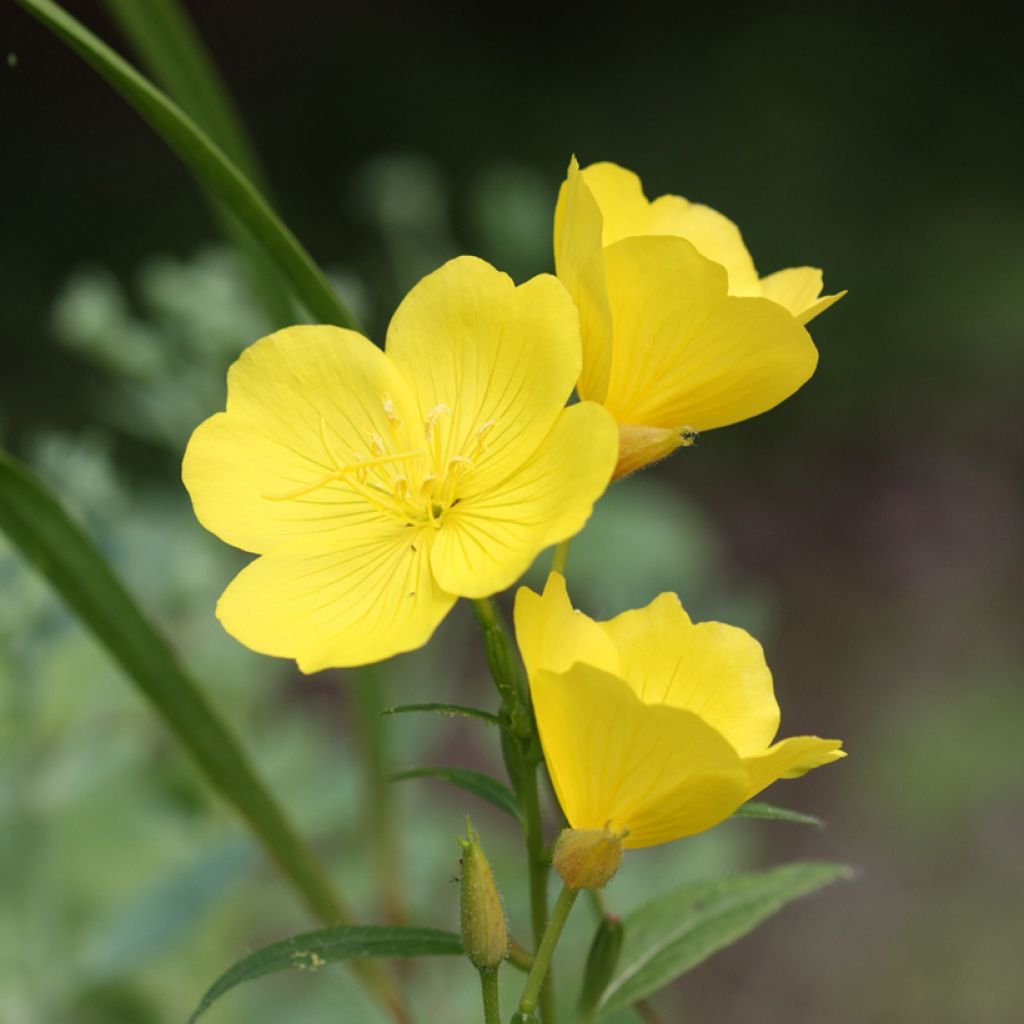

Oenothera missouriensis - Evening Primrose
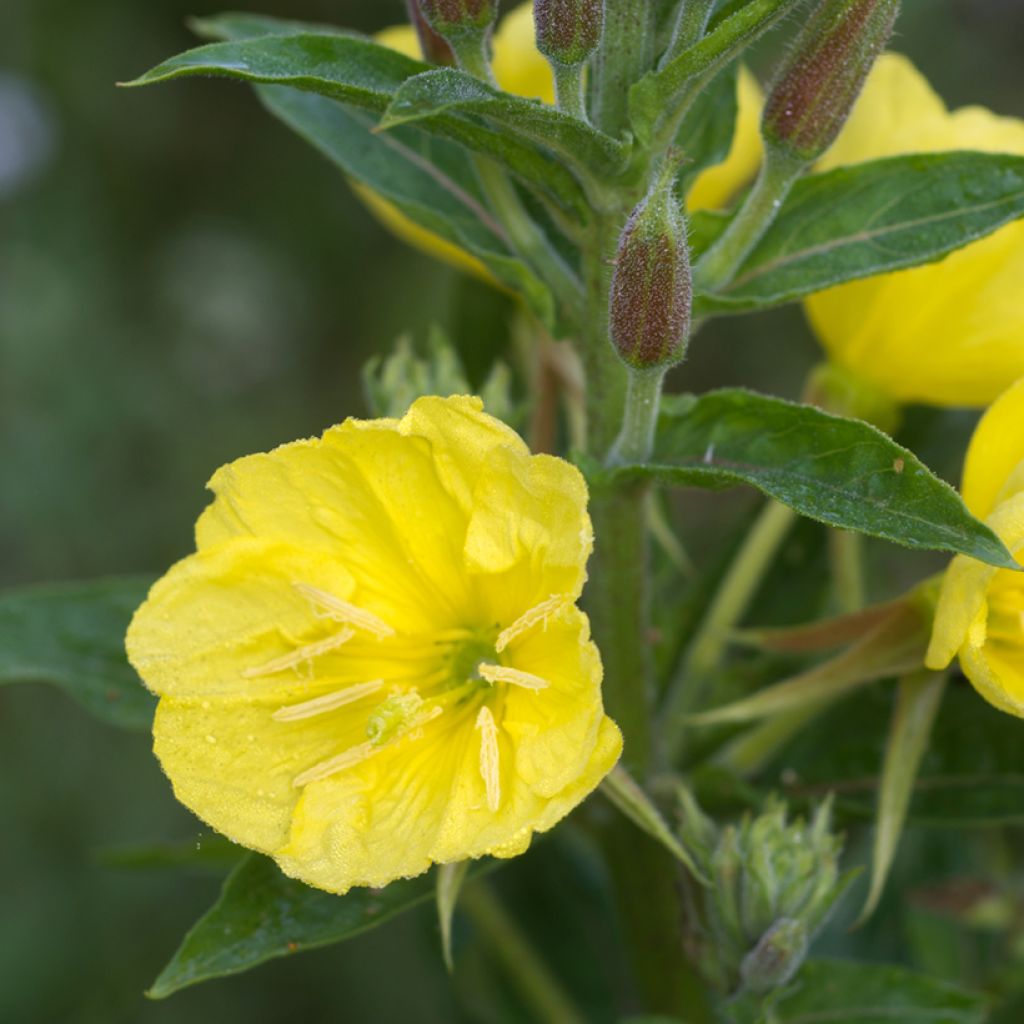

Oenothera missouriensis - Evening Primrose
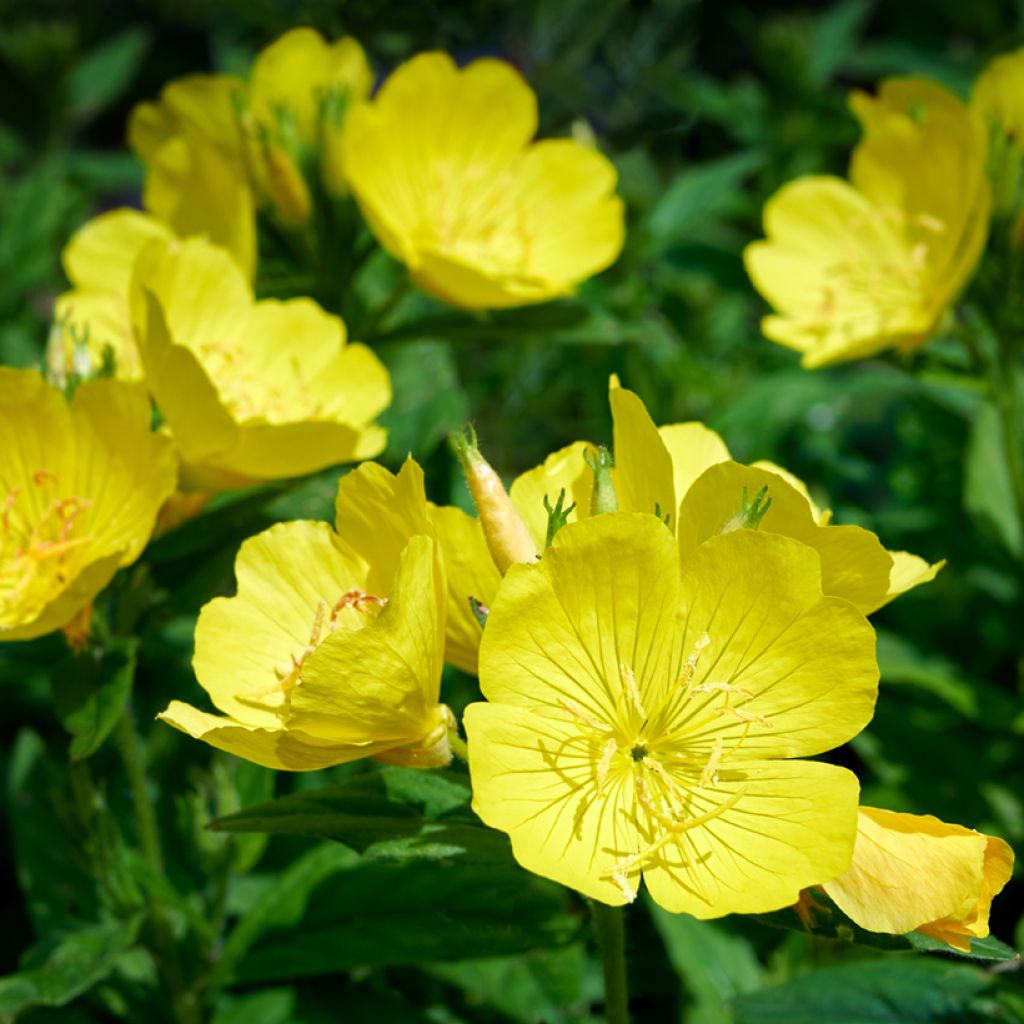

Oenothera missouriensis - Evening Primrose
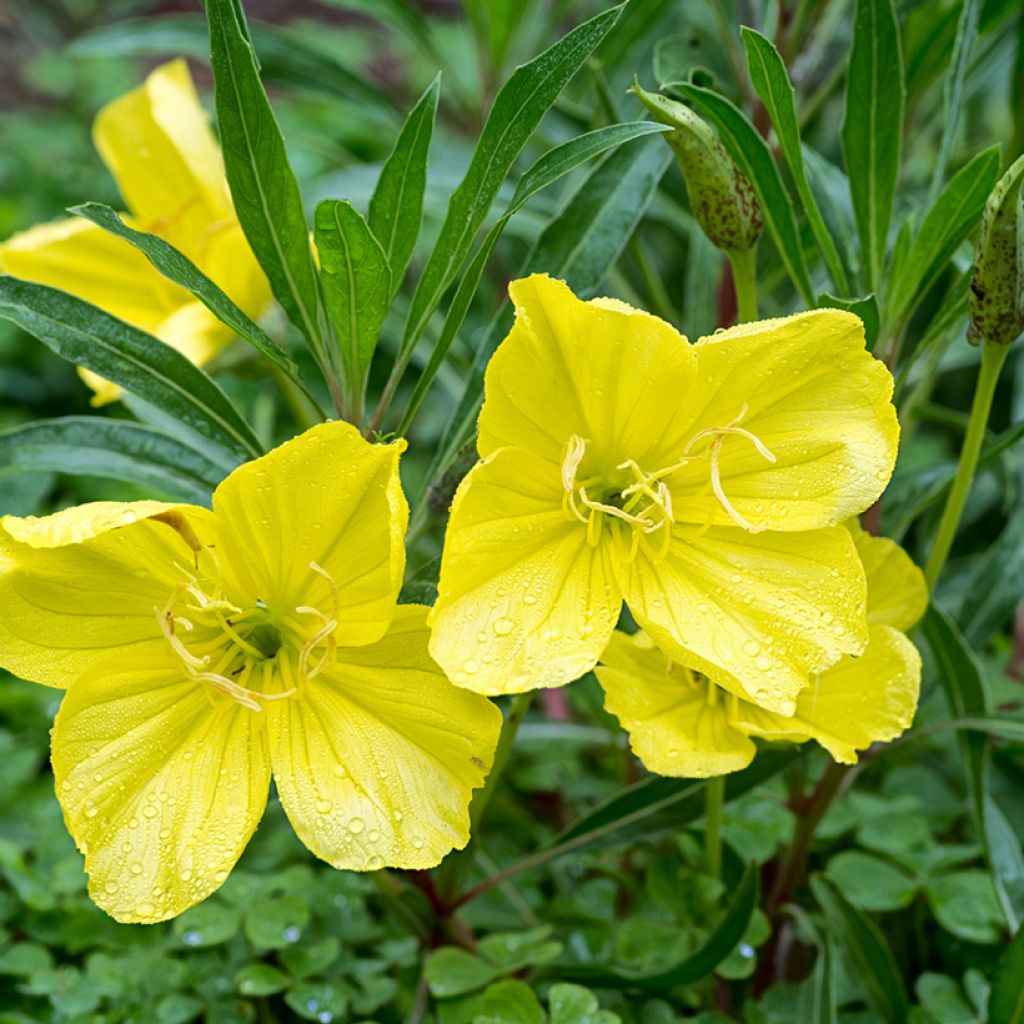

Oenothera missouriensis - Evening Primrose
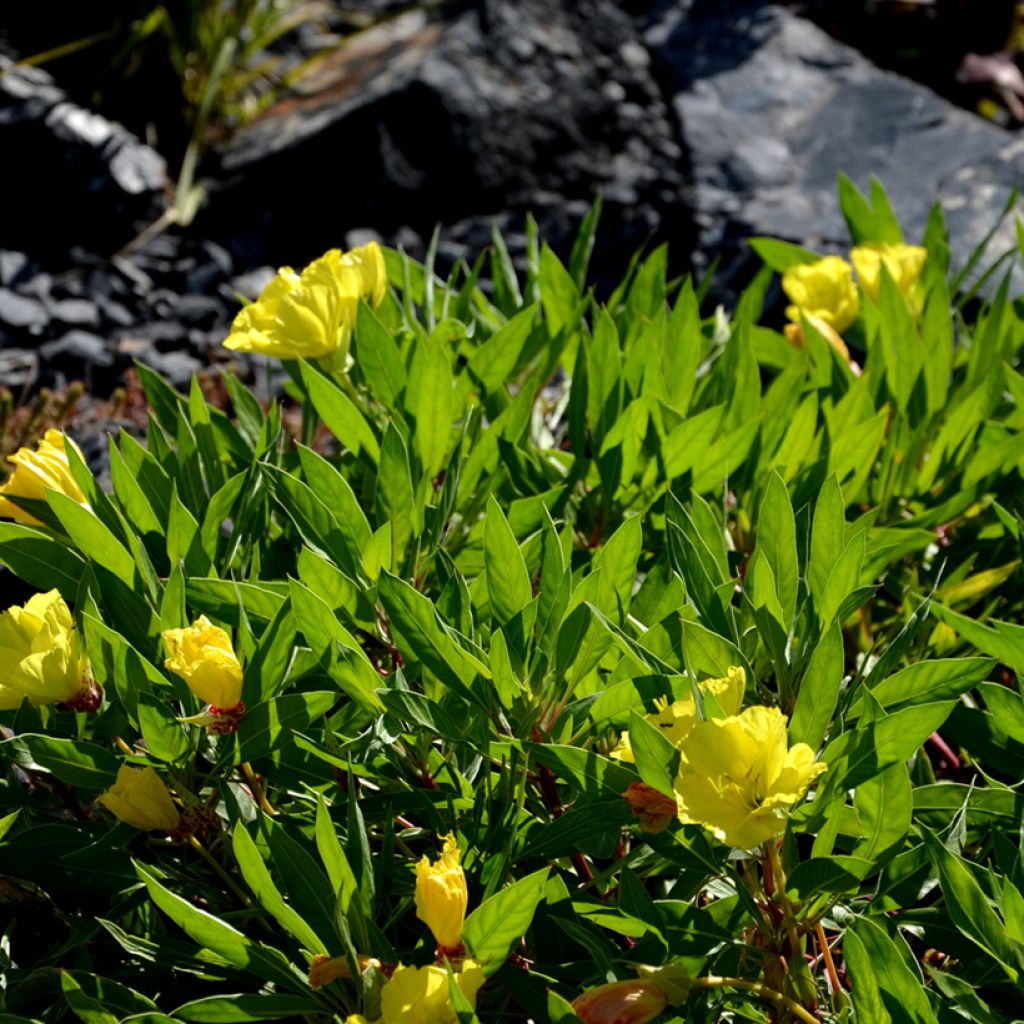

Oenothera missouriensis - Evening Primrose
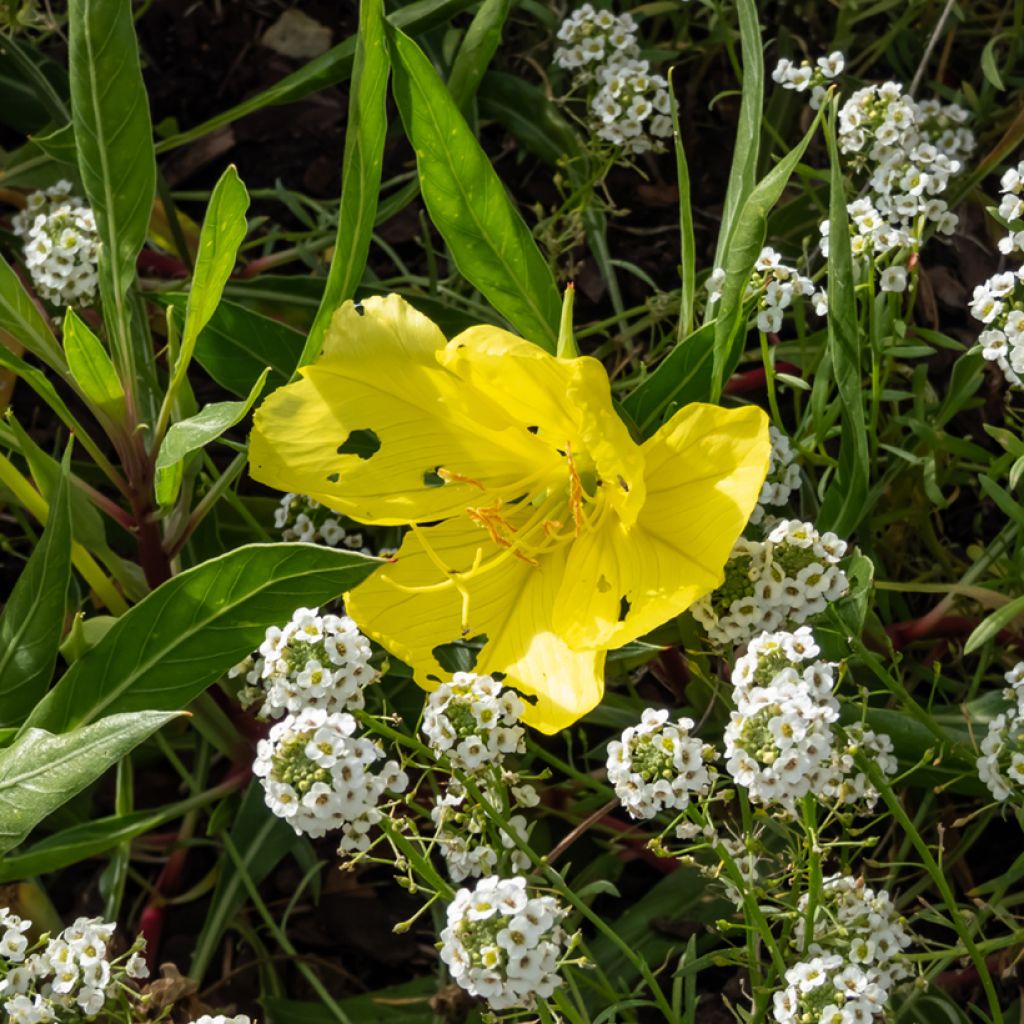

Oenothera missouriensis - Evening Primrose
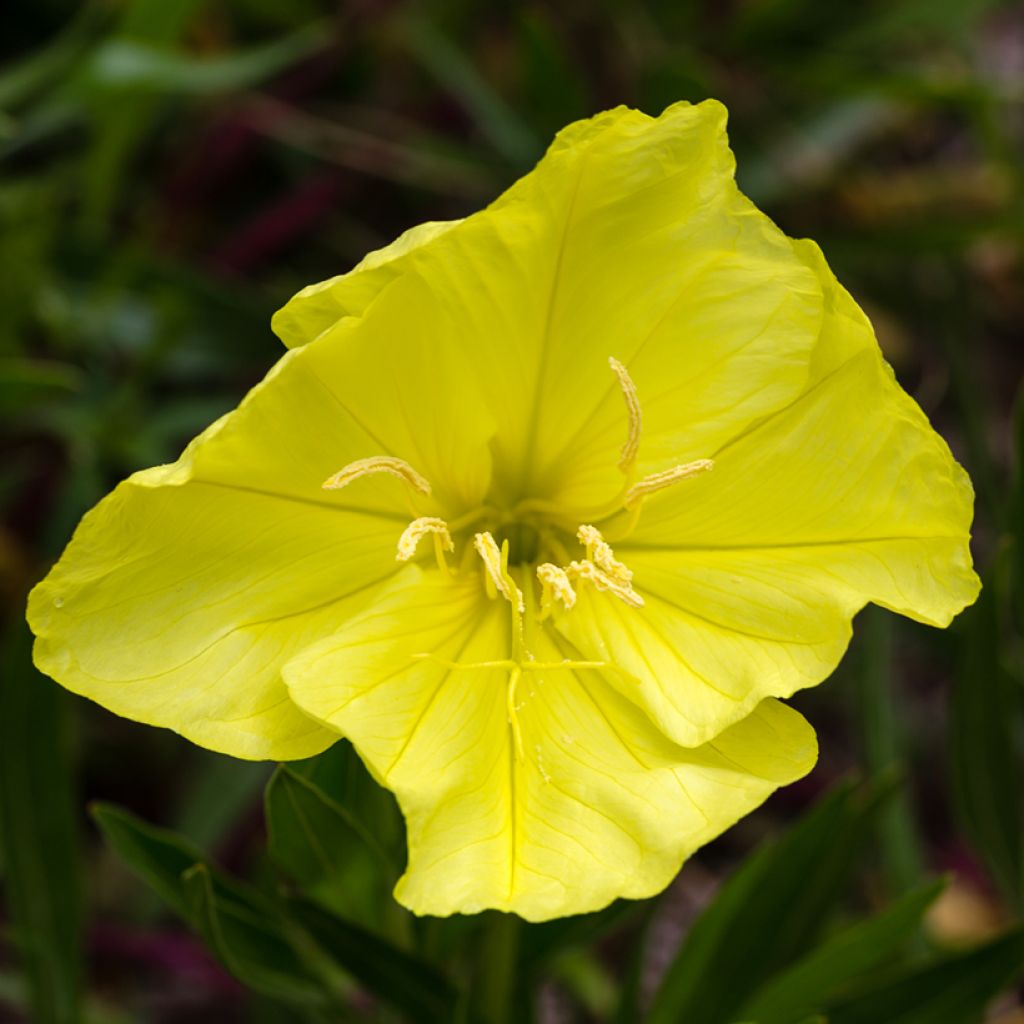

Oenothera missouriensis - Evening Primrose
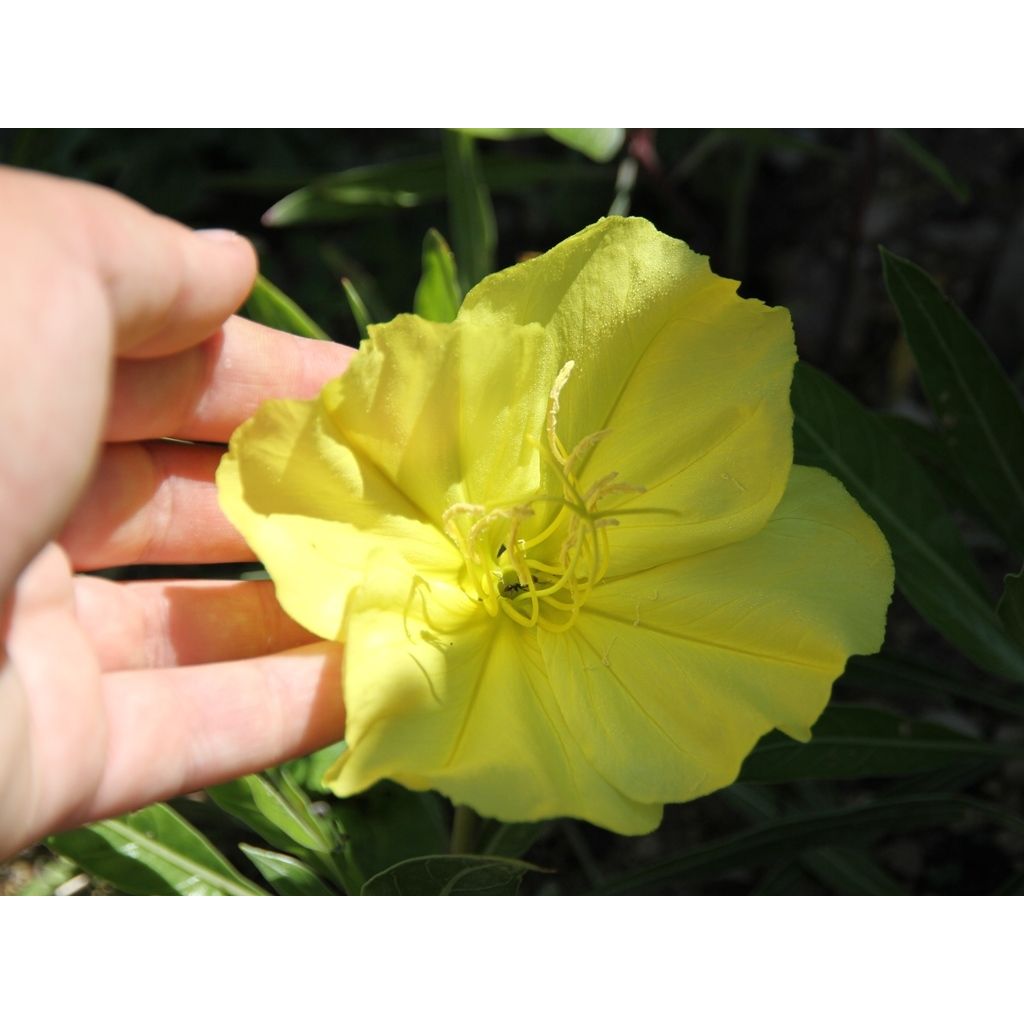

Oenothera missouriensis - Evening Primrose
Oenothera missouriensis - Evening Primrose
Oenothera missouriensis
Missouri Evening Primrose, Ozark Sundrops
Planted in the spring with all the care and regular watering, the two young plants died and disappeared 2-3 months after planting in the field of plants.
Gabry, 18/08/2023
Special offer!
Receive a €20 voucher for any order over €90 (excluding delivery costs, credit notes, and plastic-free options)!
1- Add your favorite plants to your cart.
2- Once you have reached €90, confirm your order (you can even choose the delivery date!).
3- As soon as your order is shipped, you will receive an email containing your voucher code, valid for 3 months (90 days).
Your voucher is unique and can only be used once, for any order with a minimum value of €20, excluding delivery costs.
Can be combined with other current offers, non-divisible and non-refundable.
Home or relay delivery (depending on size and destination)
Schedule delivery date,
and select date in basket
This plant carries a 12 months recovery warranty
More information
We guarantee the quality of our plants for a full growing cycle, and will replace at our expense any plant that fails to recover under normal climatic and planting conditions.
Does this plant fit my garden?
Set up your Plantfit profile →
Description
Oenothera missouriensis (macrocarpa) is a curious creeping evening primrose also known as the Missouri Evening Primrose. It is a perennial that thrives in sunny and dry soils, with a vibrant lemon yellow summer flowering. Its large ephemeral flowers, with a sweet scent, bloom in the evening and rest on a light green deciduous foliage, with visible white veins that contrast with short red stems. The large cups close around midday and fade into a beautiful red-orange hue. Over time, the plant spreads into beautiful carpets that remain unaffected by scorching heat, even in poor soil. Maintenance-free and worry-free, it beautifully accompanies all blue blooms.
Native to the central and southern United States, Oenothera missouriensis, is an almost stemless species belonging to the evening primrose family. It forms a rosette of large lanceolate leaves that will not exceed 15cm (6in) in height. This plant spreads laterally and over time forms broad carpets of 60cm (24in) or more. The flowering period takes place from June to August, depending on the climate, and covers the plant for two months with very large intense lemon yellow cups, with a crepe-like texture, 10cm (4in) wide. Each flower blooms in the evening amidst the leaves and closes the next day in the middle of the day, turning red-orange. This continuously renewing flowering mainly attracts butterflies, including a nocturnal sphinx. In late summer, the plant produces large winged fruits whose seeds easily germinate in light soil. In favuorable conditions, Oenothera missouriensis can sometimes become invasive.
Easy to cultivate and not demanding, the Missouri Evening Primrose thrives in poor, well-drained soils, even in dry summers. It loves sunny exposures and blends beautifully in a dry garden with lavender, Perovskia 'Blue Spire', or Nepeta racemosa to enhance their blue flowers with a vibrant yellow contrast. Its creeping habit and vigour allow it to quickly form a ground cover that requires little maintenance. This perennial that thrives in poor soils also thrives in rock gardens, alongside sunroses, Erigeron karvinskianus, Geranium sanguineum, Erodium, or California poppies. It can be planted on a wall, paired with blue Aubrietas and Campanula portenschlagiana. It can also be grown in pots or containers on a balcony.
Report an error about the product description
Oenothera missouriensis - Evening Primrose in pictures


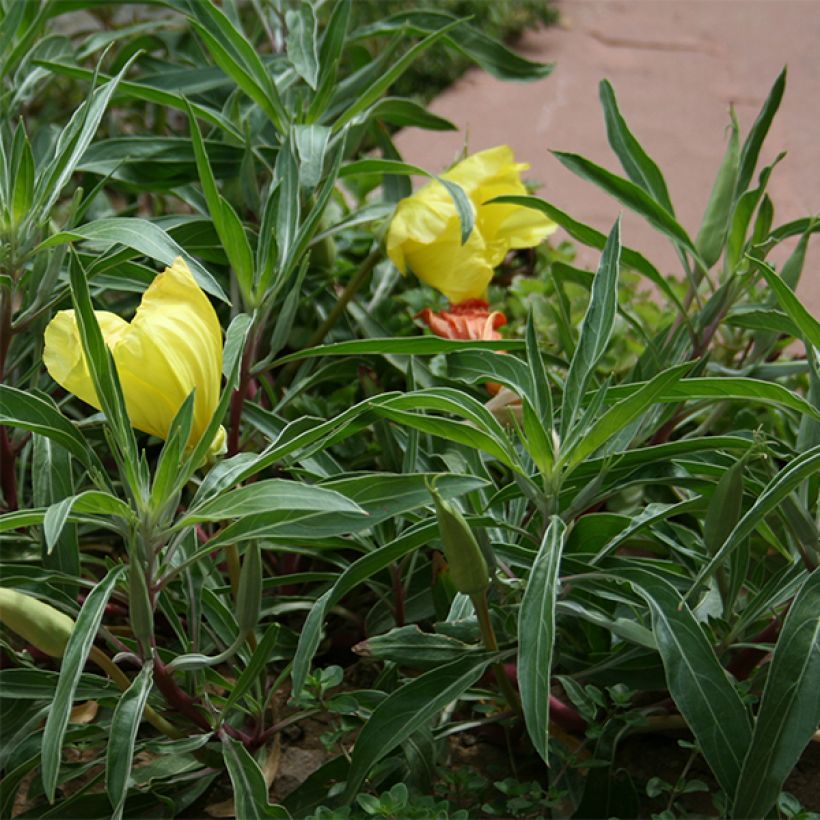

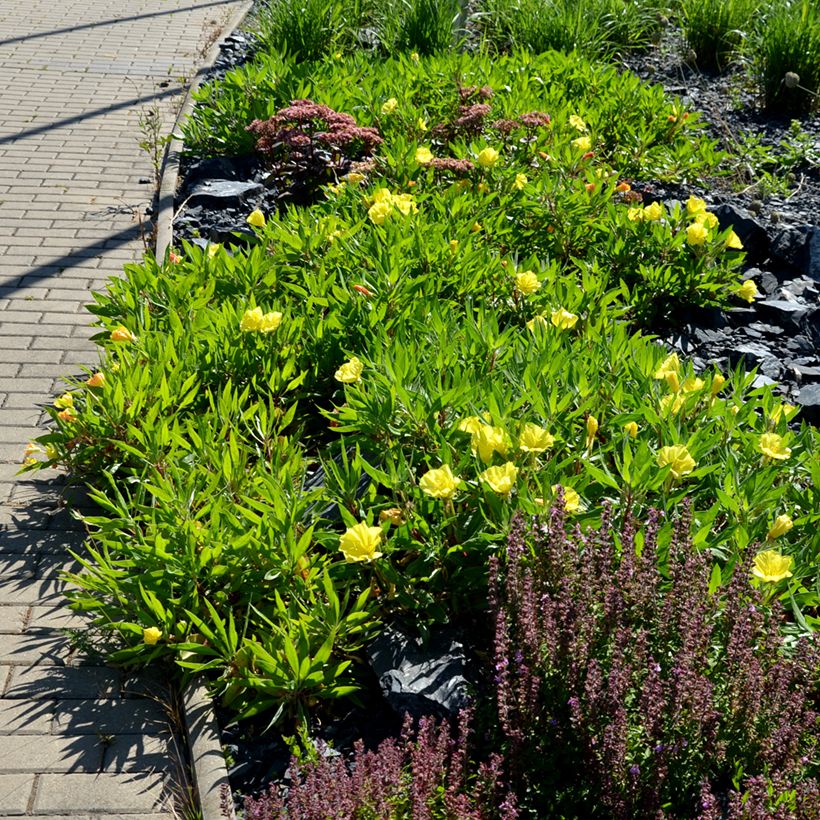

Flowering
Foliage
Plant habit
Botanical data
Oenothera
missouriensis
Onagraceae
Missouri Evening Primrose, Ozark Sundrops
North America
Other Oenothera - Evening Primrose
View all →Planting and care
This Missouri Evening Primrose is hardy up to -20°C (-4°F) in well-drained soil. It is very easy to grow in a rather light, even rocky, sandy, or dry soil in summer. The flowering will be longer, sometimes until September, if you take care to water the plant punctually in summer. Heavy and compact clay soils may not be suitable as they are, unless you add a large quantity of gravel to improve the structure and mix this gravel into the soil to a depth of about 40cm (16in). If you do not want spontaneous sowing, take care to cut off the faded flowers.
Planting period
Intended location
Care
Planting & care advice
-
, onOrder confirmed
Reply from on Promesse de fleurs
Similar products
Haven't found what you were looking for?
Hardiness is the lowest winter temperature a plant can endure without suffering serious damage or even dying. However, hardiness is affected by location (a sheltered area, such as a patio), protection (winter cover) and soil type (hardiness is improved by well-drained soil).

Photo Sharing Terms & Conditions
In order to encourage gardeners to interact and share their experiences, Promesse de fleurs offers various media enabling content to be uploaded onto its Site - in particular via the ‘Photo sharing’ module.
The User agrees to refrain from:
- Posting any content that is illegal, prejudicial, insulting, racist, inciteful to hatred, revisionist, contrary to public decency, that infringes on privacy or on the privacy rights of third parties, in particular the publicity rights of persons and goods, intellectual property rights, or the right to privacy.
- Submitting content on behalf of a third party;
- Impersonate the identity of a third party and/or publish any personal information about a third party;
In general, the User undertakes to refrain from any unethical behaviour.
All Content (in particular text, comments, files, images, photos, videos, creative works, etc.), which may be subject to property or intellectual property rights, image or other private rights, shall remain the property of the User, subject to the limited rights granted by the terms of the licence granted by Promesse de fleurs as stated below. Users are at liberty to publish or not to publish such Content on the Site, notably via the ‘Photo Sharing’ facility, and accept that this Content shall be made public and freely accessible, notably on the Internet.
Users further acknowledge, undertake to have ,and guarantee that they hold all necessary rights and permissions to publish such material on the Site, in particular with regard to the legislation in force pertaining to any privacy, property, intellectual property, image, or contractual rights, or rights of any other nature. By publishing such Content on the Site, Users acknowledge accepting full liability as publishers of the Content within the meaning of the law, and grant Promesse de fleurs, free of charge, an inclusive, worldwide licence for the said Content for the entire duration of its publication, including all reproduction, representation, up/downloading, displaying, performing, transmission, and storage rights.
Users also grant permission for their name to be linked to the Content and accept that this link may not always be made available.
By engaging in posting material, Users consent to their Content becoming automatically accessible on the Internet, in particular on other sites and/or blogs and/or web pages of the Promesse de fleurs site, including in particular social pages and the Promesse de fleurs catalogue.
Users may secure the removal of entrusted content free of charge by issuing a simple request via our contact form.
The flowering period indicated on our website applies to countries and regions located in USDA zone 8 (France, the United Kingdom, Ireland, the Netherlands, etc.)
It will vary according to where you live:
- In zones 9 to 10 (Italy, Spain, Greece, etc.), flowering will occur about 2 to 4 weeks earlier.
- In zones 6 to 7 (Germany, Poland, Slovenia, and lower mountainous regions), flowering will be delayed by 2 to 3 weeks.
- In zone 5 (Central Europe, Scandinavia), blooming will be delayed by 3 to 5 weeks.
In temperate climates, pruning of spring-flowering shrubs (forsythia, spireas, etc.) should be done just after flowering.
Pruning of summer-flowering shrubs (Indian Lilac, Perovskia, etc.) can be done in winter or spring.
In cold regions as well as with frost-sensitive plants, avoid pruning too early when severe frosts may still occur.
The planting period indicated on our website applies to countries and regions located in USDA zone 8 (France, United Kingdom, Ireland, Netherlands).
It will vary according to where you live:
- In Mediterranean zones (Marseille, Madrid, Milan, etc.), autumn and winter are the best planting periods.
- In continental zones (Strasbourg, Munich, Vienna, etc.), delay planting by 2 to 3 weeks in spring and bring it forward by 2 to 4 weeks in autumn.
- In mountainous regions (the Alps, Pyrenees, Carpathians, etc.), it is best to plant in late spring (May-June) or late summer (August-September).
The harvesting period indicated on our website applies to countries and regions in USDA zone 8 (France, England, Ireland, the Netherlands).
In colder areas (Scandinavia, Poland, Austria...) fruit and vegetable harvests are likely to be delayed by 3-4 weeks.
In warmer areas (Italy, Spain, Greece, etc.), harvesting will probably take place earlier, depending on weather conditions.
The sowing periods indicated on our website apply to countries and regions within USDA Zone 8 (France, UK, Ireland, Netherlands).
In colder areas (Scandinavia, Poland, Austria...), delay any outdoor sowing by 3-4 weeks, or sow under glass.
In warmer climes (Italy, Spain, Greece, etc.), bring outdoor sowing forward by a few weeks.






























